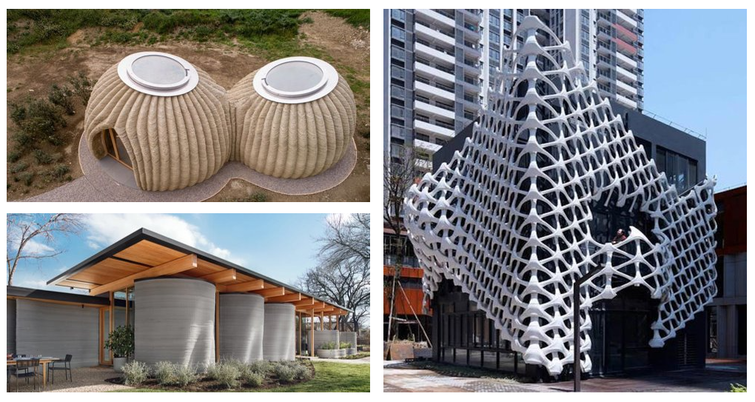February 2024 Composites Blog
February 19, 2024
Large Scale 3D Printing Will Transform Architecture and Promote Sustainability
Advances in large-scale additive manufacturing have the potential to transform how buildings are designed and constructed. Much like desktop 3D printing, large scale additive manufacturing works by building objects one layer at a time. During the process the chosen print material is extruded in a fluid state and then it hardens into its final form. Several materials are compatible with the process such as concrete, clay, plastic, and others. While the process hasn't yet reached widespread adoption, James Rose, Director of the Institute for Smart Structures at University of Tennessee imagines a foreseeable future in which the technology is used to build structures from recycled materials or on-site sourced materials. Several structures that were built using large scale additive manufacturing exist today, and they all comprise very interesting designs. Among these structures is a building called the Trillium Pavilion, which is located on the University of Tennessee Research Park at Cherokee Farm in Knoxville. The pavilion was built using recycled ABS polymer. Tecla is another structure built using large scale additive manufacturing. This structure is an alternative dwelling prototype designed by by Mario Cucinella Architects and printed in Massa Lombarda, Italy. The prototype dwelling was constructed using clay sourced from a nearby river. In Austin, Texas, House zero, a 2000-square meter home was also built using large scale 3D printing. Learn more about this topic here.

